Our Latest News- October 9, 2024
Lixouri Field Station
The season has almost wrapped up in Lixouri – only one nest remains across all of the beaches in the area, as this fortnight saw two full inventories of the other remaining nests. The team stayed dedicated despite the small number of nests; walking each survey area every morning to ensure the safety of these nests and to look for nests FBHs (found by hatching). This effort was rewarded by an exciting last inventory, in which 59 hatchlings were helped to sea from a total clutch size of 61 eggs! The two remaining unhatched eggs still had blood vessels, this indicates there is life inside, so these were reburied in the sand to incubate for a little longer. We look forward to seeing if these eggs hatch, with hope for a 100% hatching success rate for our last nest of the season!
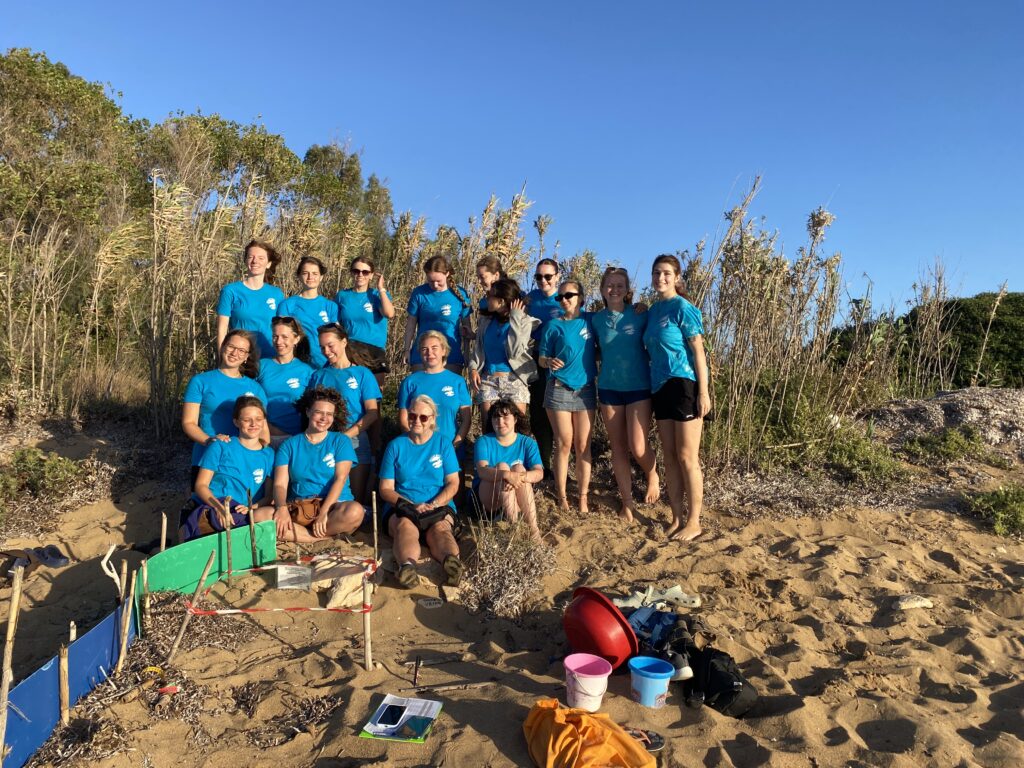
When the team weren’t monitoring nests and helping hatchlings make it safely to sea, they also carried out a variety of other shifts which are integral for protecting and understanding sea turtle populations. These shifts include beach profile, which helps us to understand how beach shape changes across the season and year-to-year. This is important for understanding which nests might be under threat from inundation at different times of the year, so informs relocation of nests.
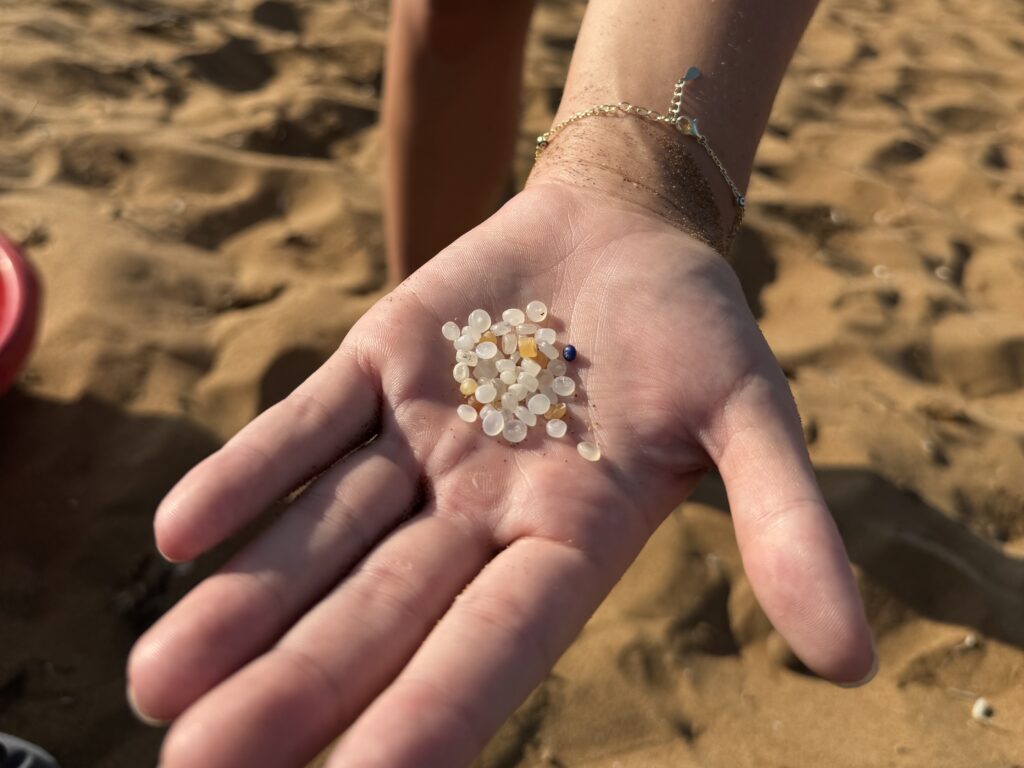
Over the past 2 weeks, the volunteers enjoyed taking part in a nurdle collection contest! Nurdles are small, lentil sized pieces of plastic that wash up on beaches. They are the second largest source of primary microplastic pollution globally. These nurdles affect our nesting beaches, as they change characteristics of the sand such as temperature which can alter nest incubation times, as well as being fatal if ingested by turtles. The volunteers filled two jars with thousands of nurdles!
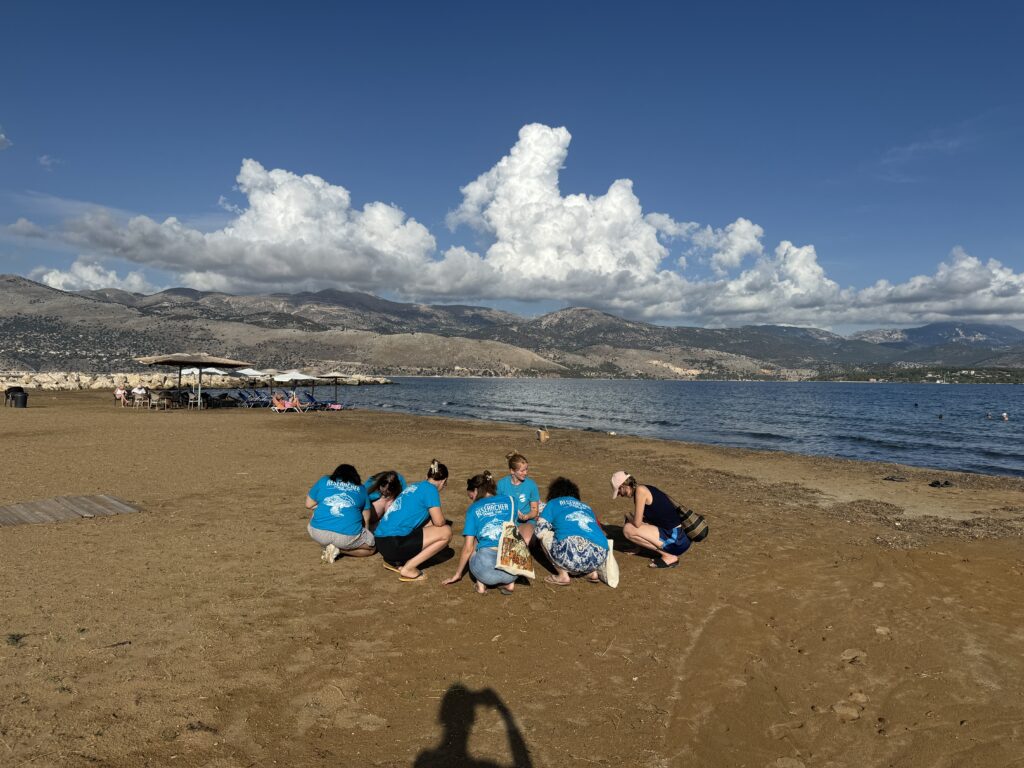
Argostoli Field Station
The temperatures are dropping in Kefalonia, and so are our remaining nest numbers, but that doesn’t mean the Field Station gets any less busy. Hatching season is still well underway. Our volunteers are working super hard to help the remaining hatchlings get to sea safely. We have recently had multiple mass hatchings throughout our nightly Hatchling Rescue shifts and several successful inventories.
For one of our most recent nest inventories, all Field Stations came together on the beach to watch and help carry out three inventories. One-hundred and thirty-two hatchlings were released on Minies Beach that evening between the three nests. We now only have a total of two nests remaining. As well as helping with these inventories and participating in other shifts our volunteers have also been enjoying several fun activities, such as Henna nights and sunset swims. On the Island, tourist season is coming to an end but we still meet several curious tourists at the harbour every day, taking photos of the turtles and asking us lots of questions. We love answering questions and educating them about our work and the project.
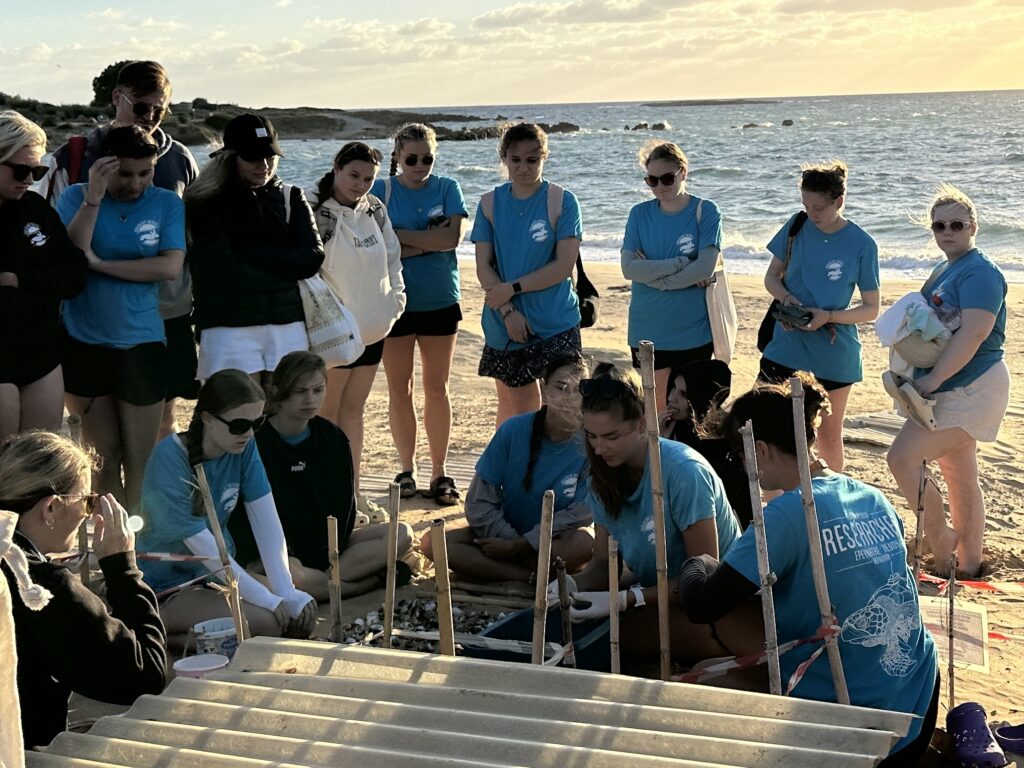
Furthermore, we sadly need to share another rescue story. Robbie, one of our known turtles, was seen while droning in the harbour with a line entangled around his neck and flipper. After safely capturing the turtle, the line was removed and first aid was provided. After closer inspection, the team noticed that the turtle also ingested the hook attached to the line. An X-ray later revealed not one but two ingested fishing hooks. Sadly the larger one was deemed inoperable because of its position within Robbie’s oesophagus. After considering his options by many professionals, the best course of action was to release Robbie back into the harbour where our team can monitor him closely.
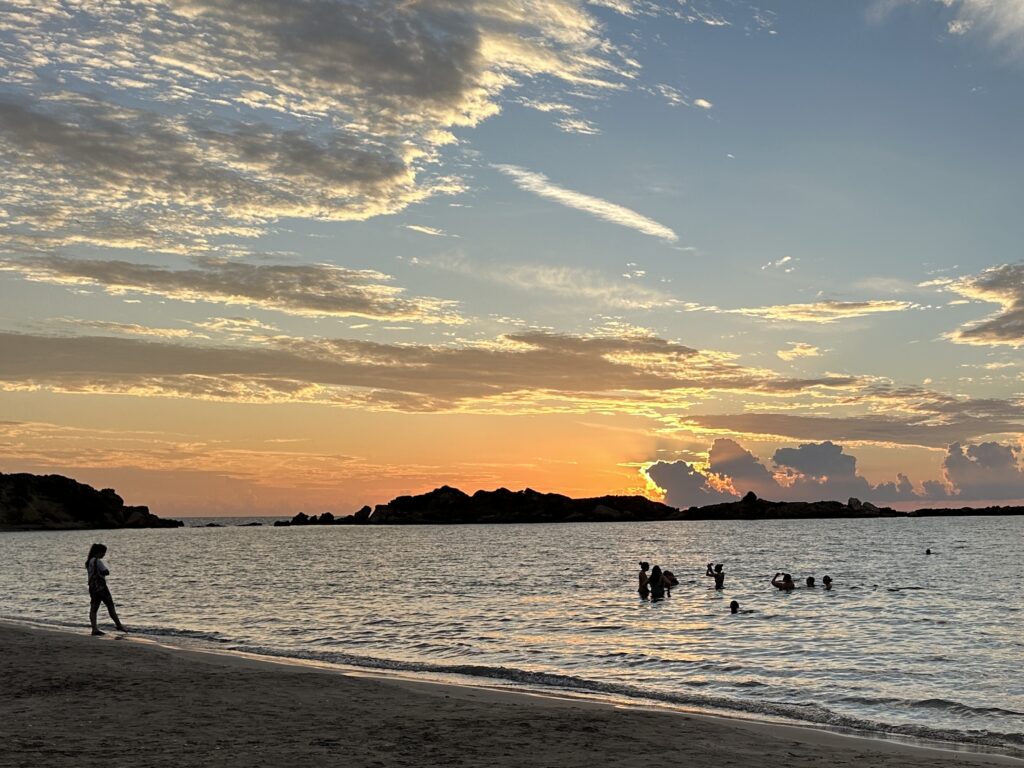
Skala Field Station
The season at Skala Field Station has officially concluded, with the final group of volunteers departing last Thursday. Throughout their time here, they completed multiple snorkel surveys in Skala and Mounda (in a variety of weather conditions), as well as numerous sand dune surveys, discovering plant species that hadn’t been recorded since June! Group activities over the past two weeks included plant species bingo, animal quizzes and meals out down in Skala town.
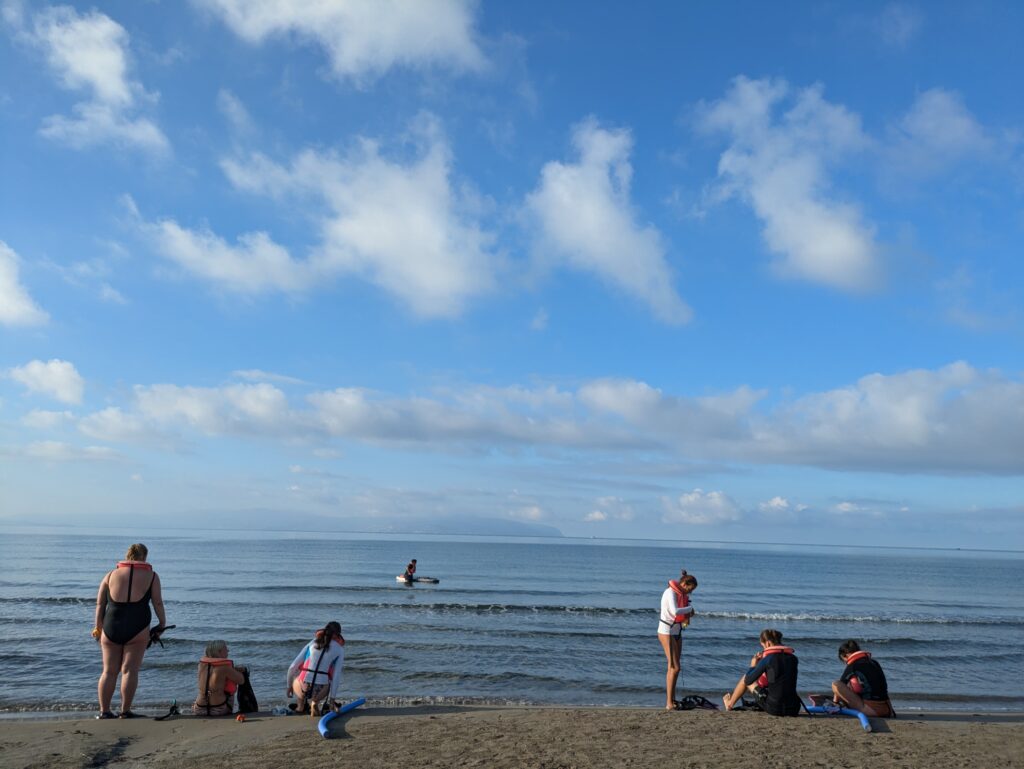
With the last surveys completed, we’ve now begun to look back over the data collected this year. Over 66,000 seafloor photos from Mounda and Skala bays were classified, with 15% of them showing live Posidonia—a record for Skala in a single season! Sand dune surveys identified 40 distinct plant species this year, with a total of 6,573 individual plants documented. Elymus Farctus was the most commonly encountered species, recorded 977 times across both beaches. In total, more than 4,300 m² of dune area in Skala and Mounda was surveyed, greatly enhancing our understanding of the plant species distribution across the dunes. Over 130,000 nurdles (pre-production microplastics) were removed from Mounda Beach (over 2.6kg worth!) through the beach cleans and sand sifting shifts.
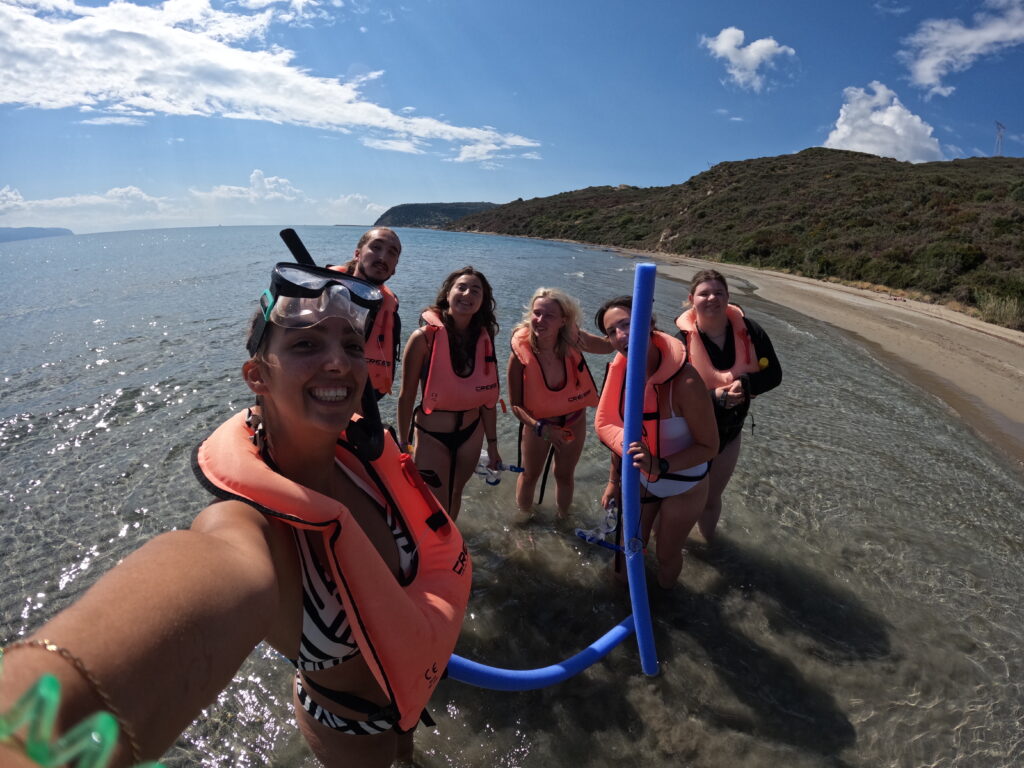
This year’s success would not have been possible without the dedication of the volunteers and staff, who spent countless hours both on the beach and in the water, contributing to the conservation of the coastal environment in Skala.
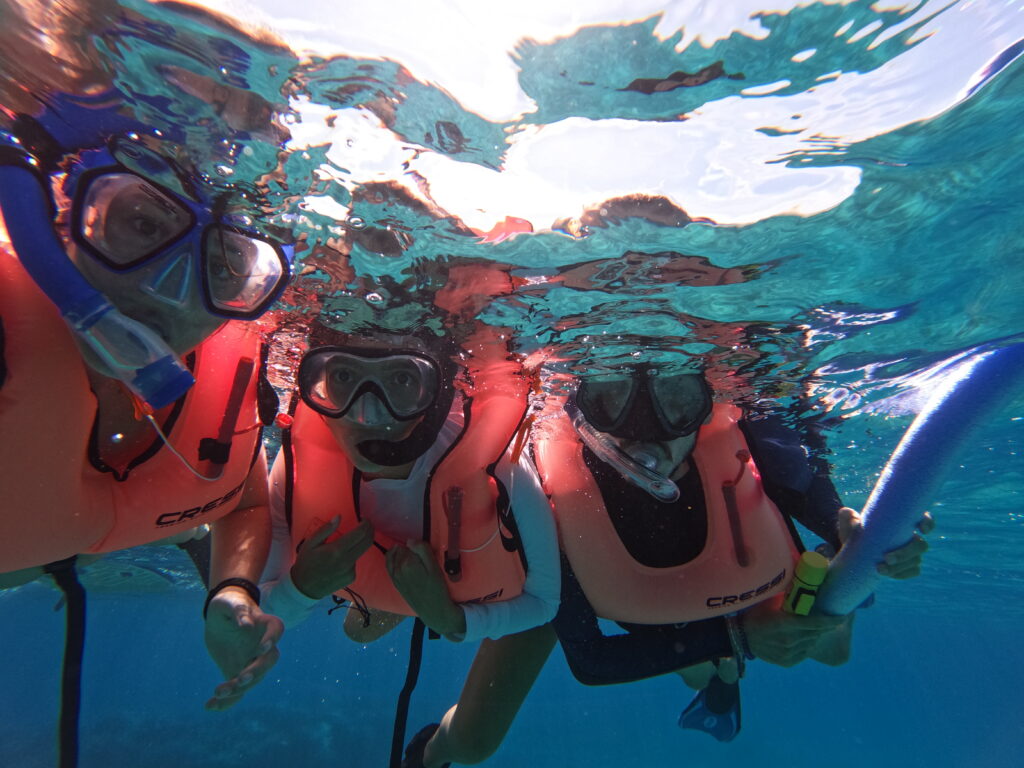
Svoronata Field Station
This week started off strong in Svoronata with another successful bird survey at St Theodore’s Lighthouse. The volunteers were able to see a variety of birds, including Kingfishers and Gulls and were even lucky enough to see Monk Seals swimming past in a group. We also ventured out to the Livadi Wetlands once again and were able to spot our current bird of the week, the Black Stork. Later on in the week, they completed some scientific beach cleans on Minies, and found a great quantity of nurdles – tiny plastic pellets that are melted down to create things such as bottles, toys and packaging. The volunteers were very thorough in making sure to get these off the beach and so we spent a great deal of time combing the sand to make sure they got every last one.

We also took a morning to explore some famous local areas around Fanari and Argostoli. The volunteers got to go on a hike from St.Theodore’s Lighthouse, to the sinkholes, up past the war memorials and into Argostoli for a bakery breakfast and a coffee. It was great to see the volunteers bringing things they’d learnt on shift into their experience day and many different birds and plants were identified on route, including Drimia maritima, which we have never seen on our surveys before. In the evenings, the volunteers have been enjoying various activities from movie nights and quizzes to scavenger hunts and beach olympics which is a great opportunity for them to get to know each other better.

For our snorkel surveys this week, we have moved on to a new area near Eglina, which is rich with amazing sea life and posidonia. So far, we have spotted starfish, rays, urchins, eels and even an octopus. We have had some lovely calm weather for our snorkels, meaning our data is getting better and better as the clarity of our photos improve. It’s great to see our volunteers getting just as excited about this as the core team are, as we can see that they are truly invested in the work they do!


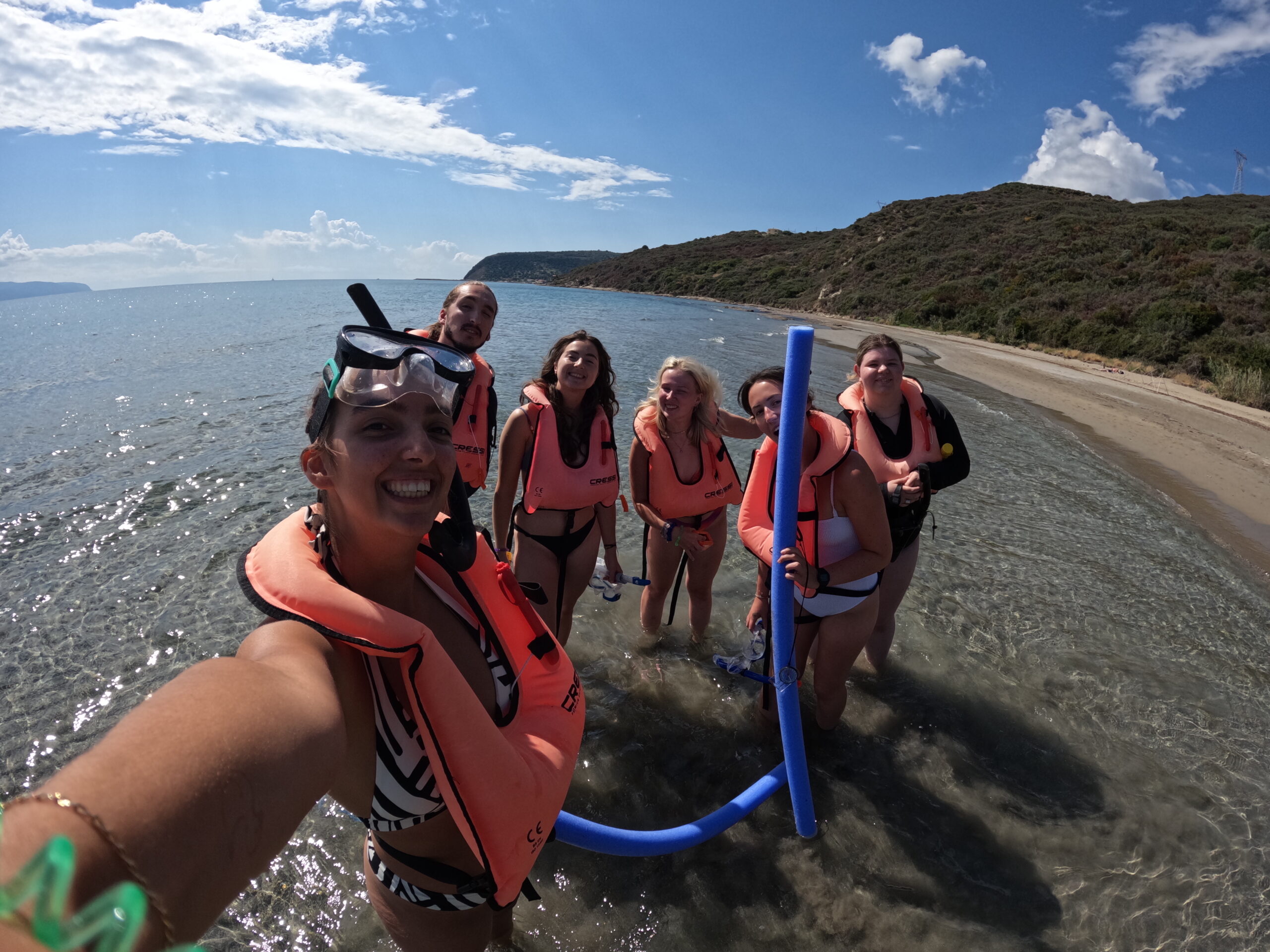

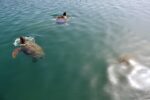
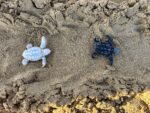
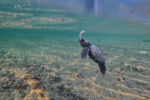
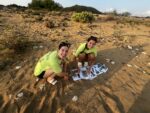
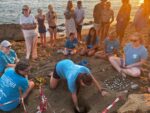
How do i find out about volunteering please?
Please see the volunteering part of our website: https://wildlifesense.com/en/sea-turtle-conservation/volunteer-information/